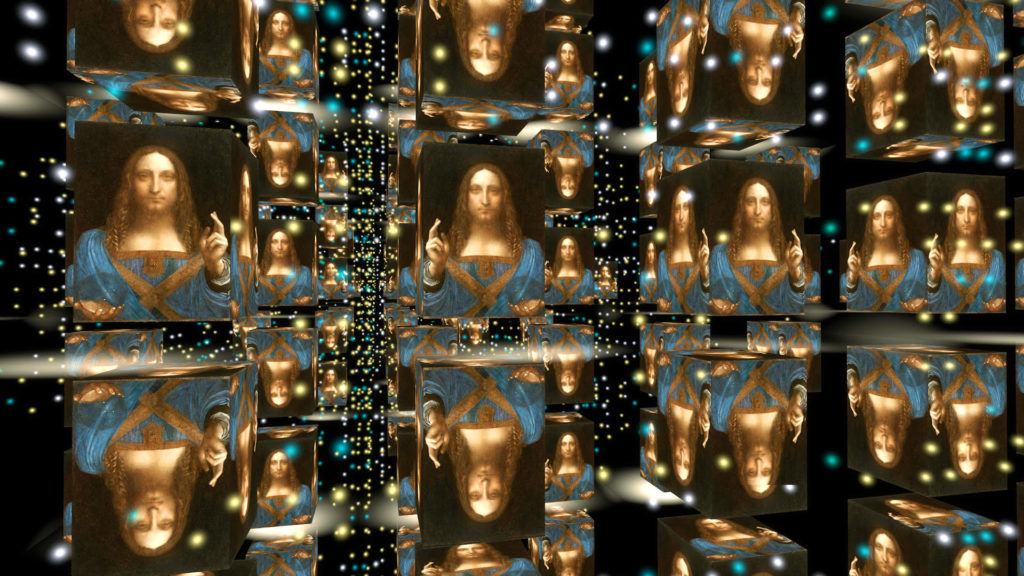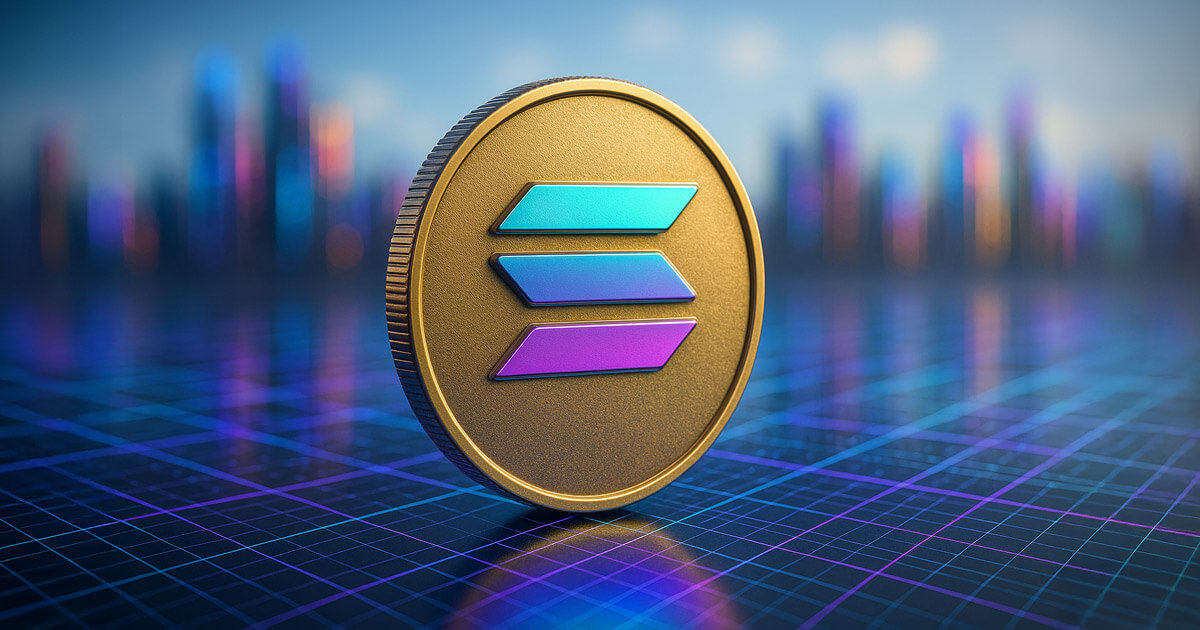The Artwork that Broke Auction Records
The painting Salvator Mundi believed to be the work of Leonardo da Vinci, made history in 2017 when it sold at auction for a record-breaking $450.3 million. Now, the owner of this controversial Renaissance artwork, whose current location is unknown, plans to convert it into a non-fungible token (NFT). Some experts question if creating an NFT of such a singular, iconic painting makes sense, given the unique nature of the physical artwork versus a digital asset. Nevertheless, the move signals continued interest in leveraging NFT technology in the elite art world. Salvator Mundi’s astronomical sale price and air of mystery already make it legendary – its transformation into an NFT may further contribute to its iconic status.
The Story Behind the Most Expensive Artwork Ever Sold
The iconic and infamous painting Salvator Mundi by Leonardo da Vinci is being minted into an NFT this week through a collaboration between digital assets platform ElmonX and licensing company Bridgeman Images. The financial details remain confidential, though the general terms will be announced soon.
This collaboration raises questions about how the intellectual property and licensing rights were negotiated to bridge the traditional art world and NFT/blockchain technology – seemingly a first for such a high-profile work.
Since the actual physical painting’s location is currently unknown, some wonder about the purpose and meaning of minting an NFT when it is not pegged directly to the physical artwork itself. The NFT merely represents licensed rights to display a digital image of the painting, not the work itself.
On platforms like X, many believe minting an NFT separate from the physical work already sold makes little sense. The Salvator Mundi has a notorious history, selling for a record $450 million in 2017. Minting it as an NFT seems more about leveraging its iconic, mysterious status rather than providing ownership of the art itself.
Will Multi-Million Dollar Art Sales Boost NFT Adoption?
This collaboration between ElmonX and Bridgeman Images to mint Salvator Mundi as an NFT lays the groundwork for integrating high-end traditional art into blockchain and NFT technology. Assuming the licensing mechanics truly bridge these worlds, it opens the door for more meaningful applications.
However, the value of merely owning the rights to display a licensed digital image of the artwork is questionable. The NFT industry needs intentional, purposeful uses of the technology beyond flexing digital art.
As the NFT market declines and demand wanes, we are past the point of haphazard, tasteless applications to traditional art. Though this partnership sets a precedent, whether minting Salvator Mundi as an NFT makes sense or has meaning beyond publicity is debatable. The industry seeks substantive integration of NFTs with the art world, not just leveraging famous works for hype. More intentionality and care are needed as these worlds continue colliding.
#SalvatorMundi #NFT #Art





